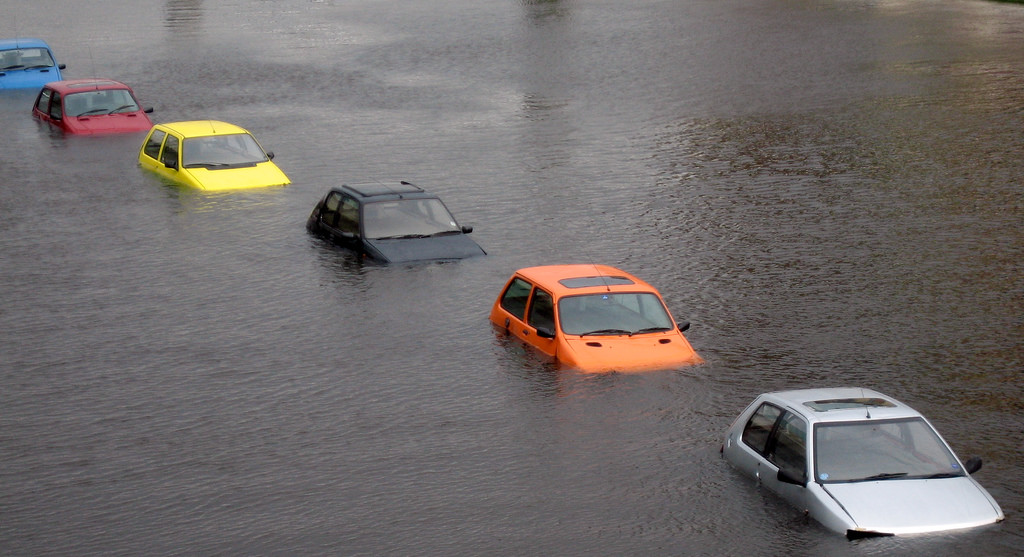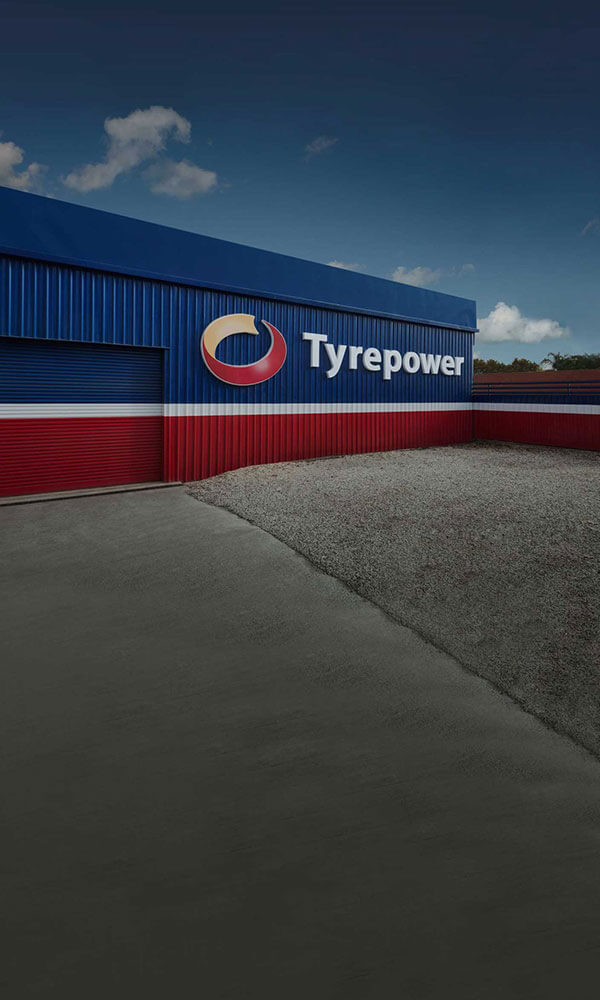Driving through water

How deep is too deep?
Winter is here, and the weekend has been slated for heavy rain. In grim weather, drainage systems are quickly overwhelmed, rivers breach banks and puddles turn to floods, quickly.
The risks of attempting to cross a flooded road range from engine damage all the way to drowning. Regardless, imagining the feeling of fear and embarrassment as tyres lose contact with road and the car begins to bob around like a bathtub duck should be enough to take this guide seriously.
That overpowering instinct to plough on and get where you’re going needs to take a back seat. The safest option – do not drive through water.
Why shouldn’t you go past these seemingly low water levels?
The interior of your car is an air bubble. Bubbles float. Modern car doors are excellent at keeping water out and sealing the vehicle. Get too far out of your depth and you will lose control and at best spend the day waiting for help.
Your car is an arrangement of mechanical and electrical systems. Very few of those systems are improved by water. Engines can easily be damaged and destroyed if water enters any part of the intake system.
Wait for it…The general rule – if the depth of the water is above the centre of your wheels, it’s time to find a new way home. That rules changes if that water is moving. Flowing water dramatically increases the risk of losing control. Around four inches is all you should ever attempt to traverse.
CONTENT WARNING - BAD LANGUAGE
If you have determined it is safe, drive slowly and carefully. Puddles can obscure road damage and debris. If you can, drive on the higher middle, or ‘crown’ of the road. When you make it across, test your brakes and be prepared for impaired stopping performance.
Puddles can be deceptively deep. If you aren’t sure, use a stick to check. It might mean getting out of your warm and dry car and into the rain: better a momentary inconvenience than hours by the side of the road awaiting a tow truck to rescue your floating car.
CONTENT WARNING - BAD LANGUAGE
If the water is moving, forget it. Pull over where it’s safe. People can and do die over-estimating their ability to drive through moving water. It’s not worth it.
One more tip – if water has collected on the side of the road, slow down and don’t splash pedestrians. They hate that.
Source: toyotires.com.au

